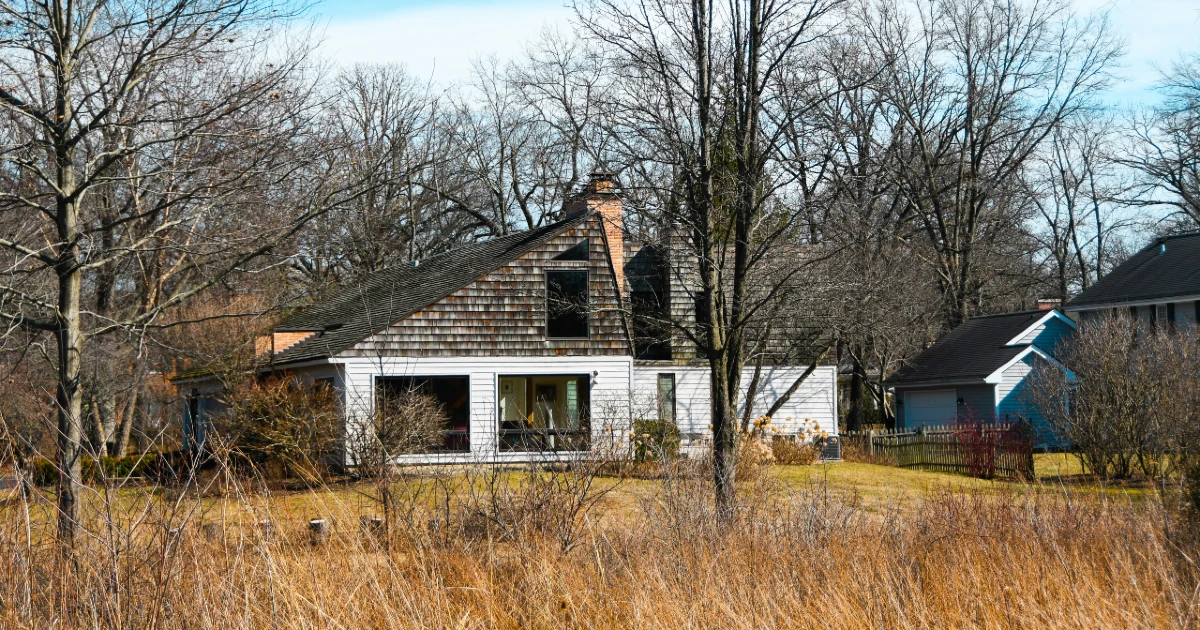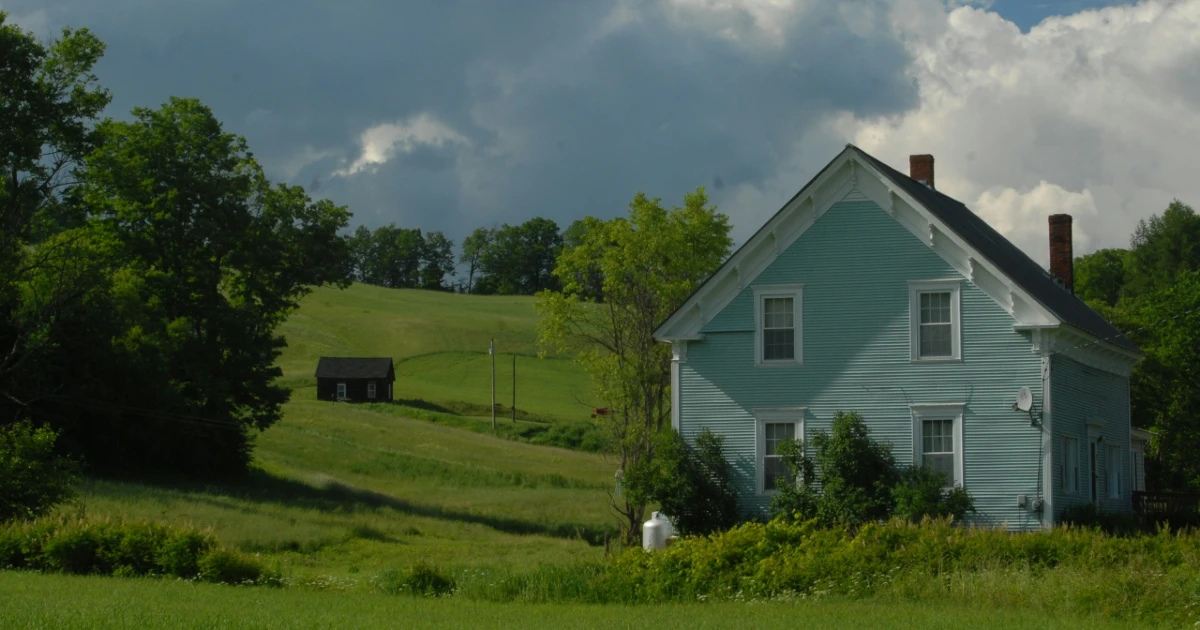After a decade in insurance, any agent would be hard pressed to not have a story or two about an inspection that came back with…. surprises. Working with investors has opened opportunities for me to see exactly what issues arise with rental property conditions, given me an x-ray view of homes being built, and exactly how much “fixing” goes into a flip. As a culmination of my time heading up Sales Support Operations at Steadily, I have compiled a list of best practices to get your property through inspection.
1. Give your tenant a heads-up
The inspector won’t come inside. They just need to walk the perimeter and snap a few photos. If your tenant spies a creepy camera man outside, chances are they will tell him to “Get Lost!”. Once an inspection is refused, it will be a headache to try and get them to come back out. If they do, it may be on your dime.
2. Keep your trees off the roof
Trees touching your roof are almost always going to fire up an insurance inspector. Not only does it put your property at risk for fire, but also keeps your roof wet after a storm which over time can make it more susceptible to damage.
3. Replace boarded up windows
Replacing a window is an easy repair and important repair. Of the 50+ carriers I have represented in my career, there is not one that doesn’t issue a cancellation for a boarded up window. This doesn’t only open your property up for vandalism and break-ins, but also weather related claims.
4. Fix Peeling paint
Every time a tenant moves out, the first thing we do as landlords is order a deep clean and fresh coat of paint inside. don't neglect the exterior on this one. Head outside, sand and slap on a fresh coat of paint on those shutters or siding where needed. It shows pride of ownership. Insurance companies love this.
5. Doors that lead to nowhere
If your property has one of these, where a balcony used to be, don't fret, you’re in good company. However, you’ll need to permanently seal it closed or you won’t make it through inspection.
6. Porch and Stair railings
Asking your tenants to perform circus-style balancing acts to get in and out of your property each day is not great for you or them. To avoid expensive liability claims and underwriting notices, add a railing anytime there are more than 2 steps or 2 feet to the ground as a good rule of thumb.
7. Know your furry tenants
Lots of policies have a list of restricted breeds of dog. These clauses also affect you as a landlord even though you don't own the dog. Make sure you know the breed of any four legged tenants and let your agent know to avoid any issues with claims down the road.
8. Attractive Nuisances
Sounds like an oxymoron, right? Think Pool. Or Really cool treehouse. When you don't have a privacy fence and passers by can see that sparkly pool water or awesome tire swing, it can attract them to your property where they can potentially be hurt, and you could be liable.
9. Yard Debris
If you don't use a yard service or landscaper or employ a property manager, find a way to check on your property at regular intervals to make sure your tenant is not restoring a car in your front yard or using your garden as an appliance graveyard. Inspectors will always require these things to be cleaned up.
10. Open foundation Big enough for critters, but not for you
Open foundations are common in different parts of the country and important in areas that are prone to flooding. The best way to manage open crawl space foundations is to have the perimeter closed and vented. This could mean a lot of different things, lattice work, metal panels, or even brick with appropriate venting. What won’t help you with your inspection is having an open crawl space where critters can run under your property to chew wires and gnaw pipes.
The most important part of the inspection process is to show pride of ownership in your property, So if and when you switch insurance companies plan to, or have a property manager, do a quick walk around your property and tie up any loose ends, or shingles, in preparation for that inspection,






.png)
.jpg)
.jpg)


.png)